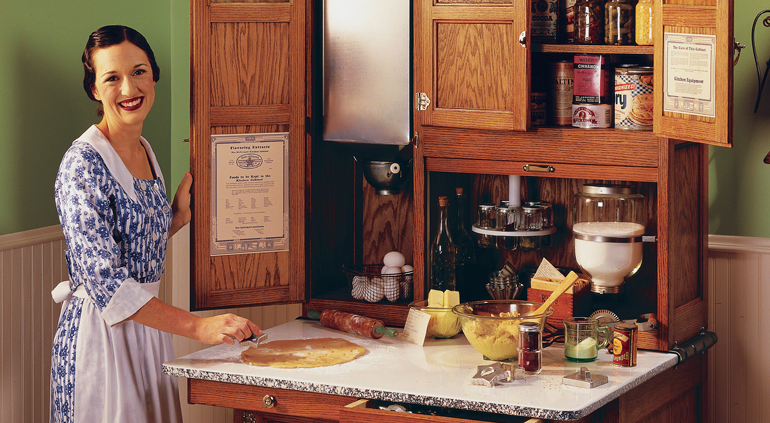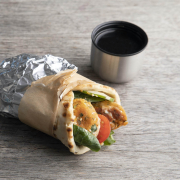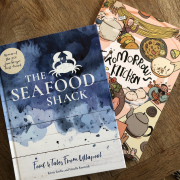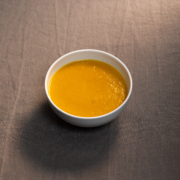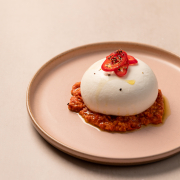Delving Into The Kitchen Press
Have you ever wondered about the meaning of Kitchen Press? Well just in case you haven’t, we thought we would share the story behind the name…
In Scotland and Ireland, a kitchen press is ‘a large cupboard, usually with shelves, especially one that lives in a wall recess, and is used to store such things as linen, clothes, books, crockery and other kitchen items’ (OED).
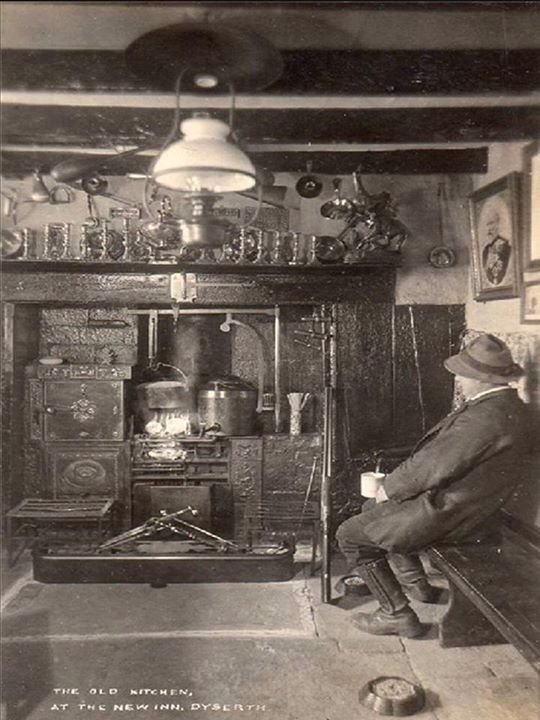
A press is also ‘A mechanical device for applying pressure to an inked surface resting upon a print medium’. Or in the other words, a contraption for making printed books…

And finally, the press is of course the news and the business of spreading information and knowledge, a means by which to gather, broadcast and transmit words, images and knowledge.

So there you have it! A little play on words that salutes our Scottish home as well as the business we are in.
In celebration of Kitchen Press, we wanted to highlight a few recipes from some of our favourite KP books for store cupboard staples that you need in your own kitchen press.
We hope you enjoy trying them out at home.
1. Preserved Lemon And Green Chillies
Taken from Biting Biting: Snacking Gujarati-style by Urvashi Roe
‘On my wedding day I carried a little bundle of green chillies and a small lemon tied to my saree. My husband thought my mum had gone mad when she gave him a bundle to put in his pocket. Why? Well lemon and green chillies are a winning combination to ward off evil spirits, Perhaps this is why we always have this pickle in the house?’
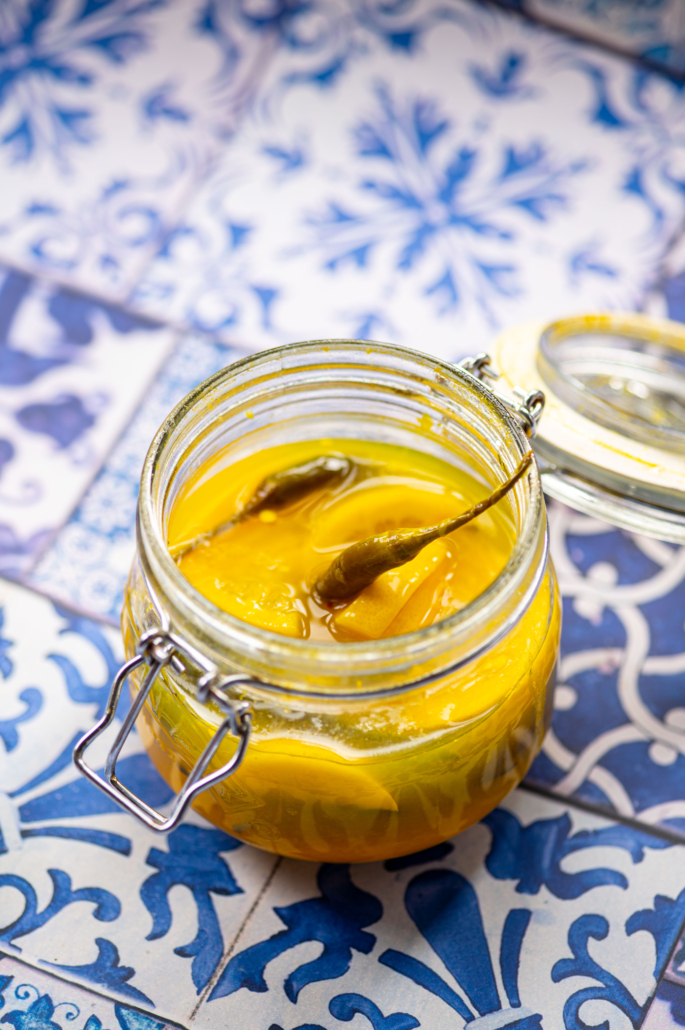
Recipe makes one large jar.
Ingredients
16 green chillies
8 small lemons
2 tbsp salt
1 tbsp granulated sugar
1 tsp turmeric
Juice of 2 lemons
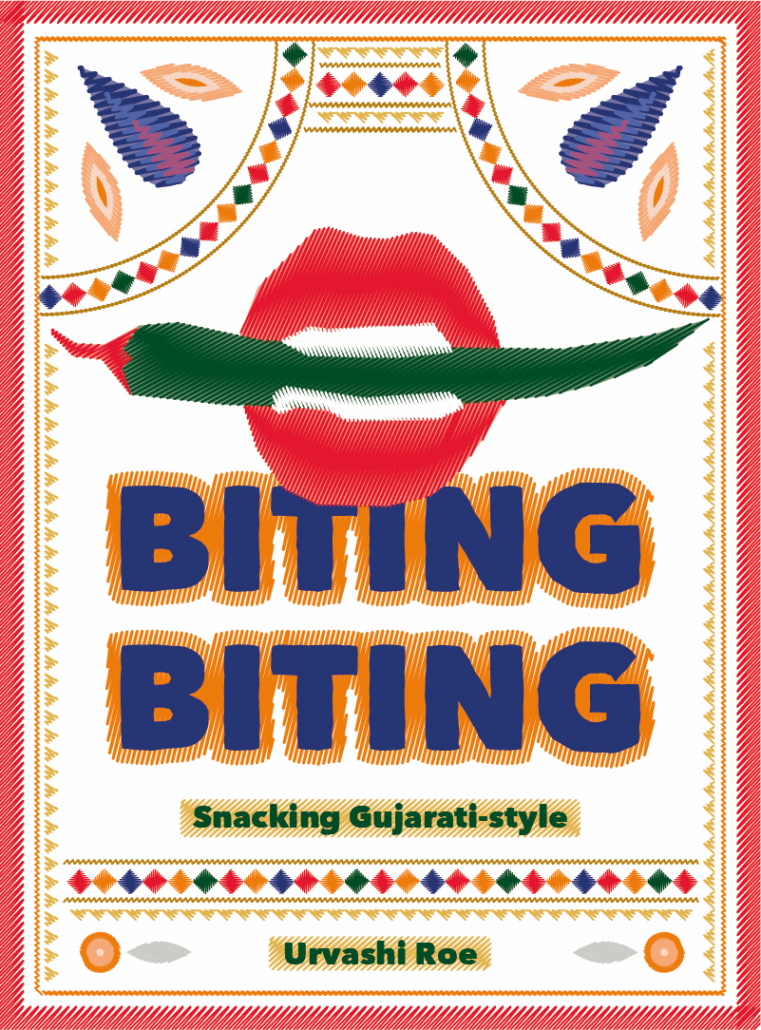
Method
Slit the chillies vertically and remove the seeds. You want to keep them whole and intact but with the slit to allow the flavours to infuse. Cut the lemons into quarters and remove any seeds. Toss the salt, sugar and turmeric together in a bowl. Add the chopped lemons and chillies and toss together, rubbing the lemons with the salt and sugar mixture.
Leave to rest for 30 mins, then add the lemon juice and mix again. Transfer to a large sterilised jar and leave somewhere cool for about a week. Every day give the jar a little shake to mix everything up.
After a week, the lemons should have started to soften and it is ready to eat. Once you have eaten all the lemons and chillies, just add a new batch into the same lemon juice. This way you don’t get any waste.
Serving Suggestions
Obviously this is a hit with paratha or roti.
It’s also fantastic smushed onto sourdough toast and topped with cream cheese or cottage cheese.
Chop some up with yellow tomatoes and a drizzle of olive oil for a good brushettta-style topping for crusty bread.
Blitz a spoonful into hummus and then layer some slices of the lemon on top of the hummus and top with some chopped parsley and toasted sunflower seeds. It gives the hummus a lovely zing.
Chop it up with parsley and capers and mix with olive oil for an alternative salsa verde.

Order a copy of Biting Biting with free postage HERE
2. Harissa Paste
Taken from Brunch With Brother Marcus by Tasos Gaitanos and Alex Large
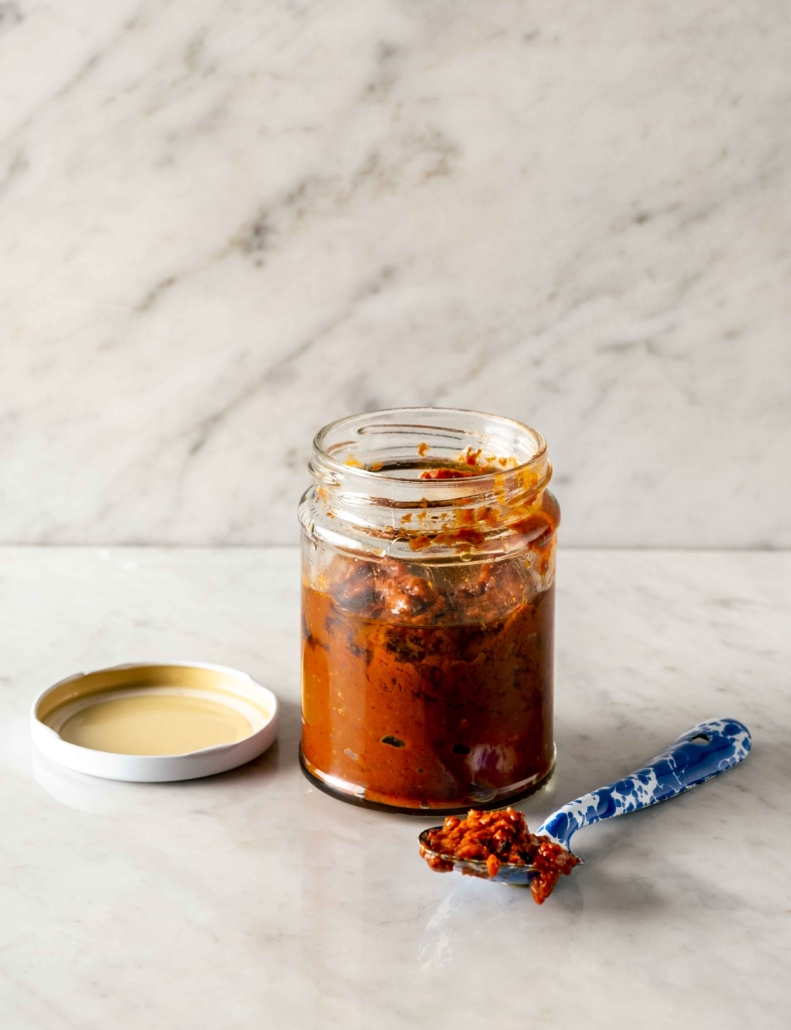
‘Deep in flavour and heat, harissa is traditionally made in a pestle and mortar but we always do it in a food processor. It’s super easy to make and much tastier than shop-bought varieties. Our version has a smokiness that only ancho chillies can provide. We include a Romano pepper – the long, pointy red ones – but if you can’t find them use half a regular red pepper.’

Recipe makes one 330ml jar.
Ingredients
10 whole dried Kashmiri or guajillo red chillies
4 whole dried ancho/pasilla chillies (or 2 chipotle chillies)
1 tsp cumin seeds
1 tsp caraway seeds
1⁄2 tsp black peppercorns 1 tbsp rose petals
1 tbsp sugar
1 tsp sea salt flakes
2 tsp smoked paprika
2 tbsp tomato purée
1 Romano red pepper, roughly chopped
4 garlic cloves, roughly chopped 2 tbsp red wine vinegar
1 tbsp pomegranate molasses
1⁄4 preserved lemon, diced
1 tbsp olive oil
juice of a 1⁄2 lemon
a pinch of cayenne pepper (optional)
Method
Deep in flavour and heat, harissa is traditionally made in a pestle and mortar but we always do it in a food processor. It’s super easy to make and much tastier than shop-bought varieties. Our version has a smokiness that only ancho chillies can provide. We include a Romano pepper – the long, pointy red ones – but if you can’t find them, use half a regular red pepper.
Cut the hard stalks off the dried chillies, then cut them in half lengthways to take out the seeds. Much of the heat in chillies comes from the seeds so you can control the fieriness of your harissa by leaving some in. Put the chillies in a bowl and soak in hot water for 30 minutes to rehydrate them.
Meanwhile, toast the cumin and caraway seeds with the black peppercorns in a pan for a couple of minutes until the fragrances release. Take them off the heat and leave them to cool, then grind the toasted spices with your rose petals, sugar and salt in a pestle and mortar.
Drain the rehydrated chillies and put them in a food processor. Add the ground spice mix, smoked paprika, tomato purée, chopped red pepper, garlic, red wine vinegar, pomegranate molasses, preserved lemon, olive oil and lemon juice. Blitz into a chunky paste. Give it a quick taste test for heat and acidity and add a pinch of cayenne pepper or more vinegar if you think it needs it. If you’re unsure, store in the fridge overnight before testing again, which will give the spices time to balance out.
To store, scrape the harissa into a sterilised jar and pour a good glug of olive oil on top – this will keep the air away and means you can store it in the fridge for up to a month. Bear in mind that every time you use it, you will need to top the oil up to make sure the harissa is always submerged and protected from the air.
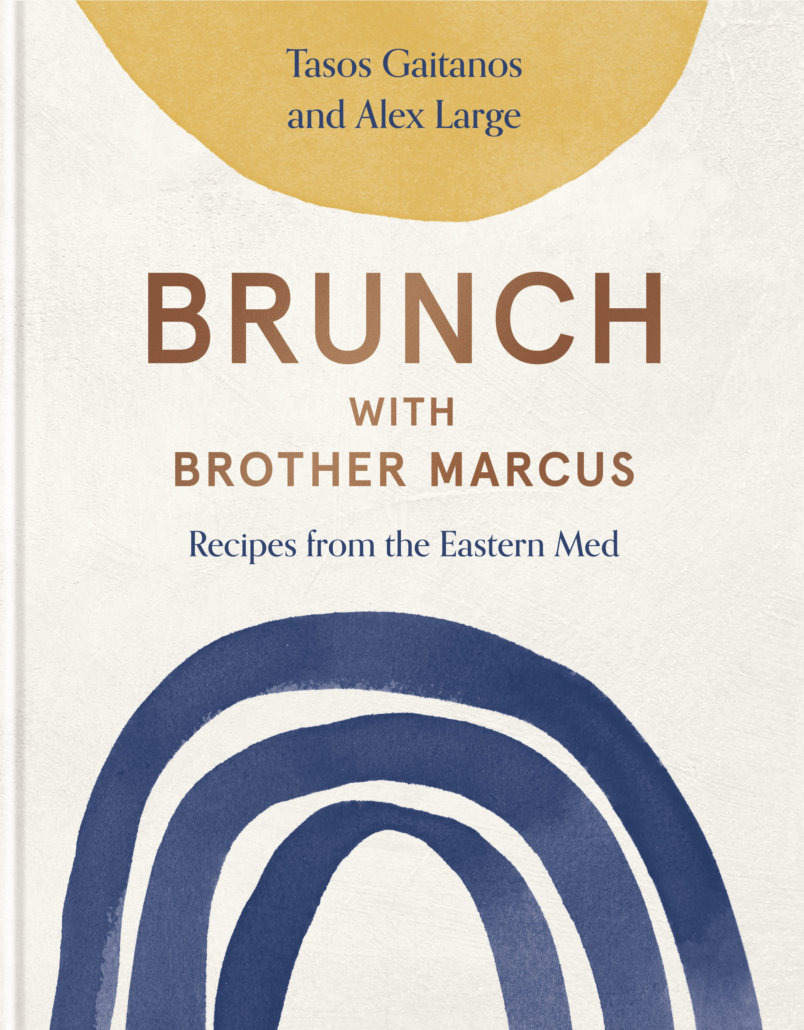
Order a copy of Brunch With Brother Marcus with free postage HERE
3. Herb Oil
Taken from Catalogued Ideas and Random Thoughts; A Cookbook by Stuart Ralston
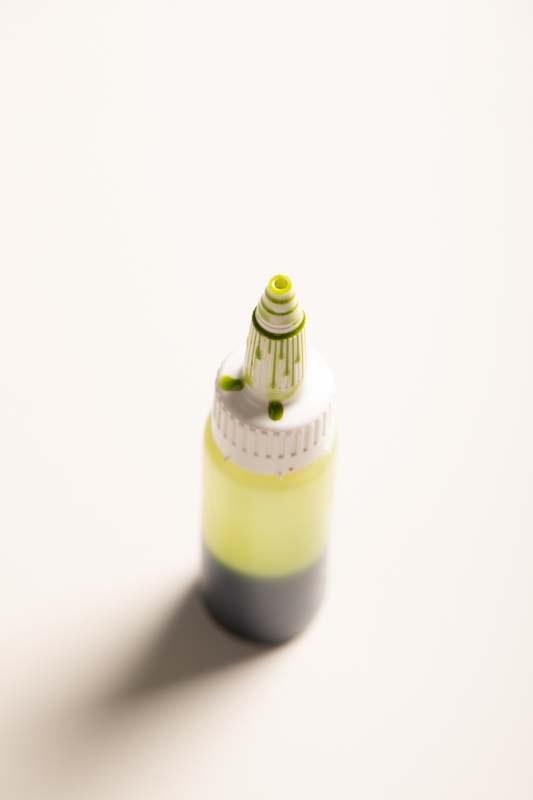
‘We make a lot of flavoured oils in the restaurants: they’re a great way to preserve herbs and a few drops can really enhance a finished dish. The oils can be used on their own and in salad dressings, you could also finish sound with them or put a few drops on fresh pasta.’

Recipe makes about 400g.
Ingredients
100g picked parsley
25g picked mint
25g picked lovage
400g pomace oil
Method
Blanch the parsley, mint and lovage in boiling salted water for 30 seconds, then cool in ice water. Squeeze out the herbs to remove all excess water and roughly chop.
Put the blanched herbs and the pomace oil in a Thermomix and blend at 80°C for 5 minutes on high. Immediately transfer to a strainer lined with a j-cloth. Allow the oil to drain through until only the herb residue remains in the j-cloth, about 1.5 hours.
This will keep for 5 days in the fridge or 1 month in the freezer.

Order a copy of Catalogues Ideas And Random Thoughts with free postage HERE
4. Vinegar Infusions
Taken from The Changing Tides by Roberta Hall-McCarron

‘Simple, delicious, flavoursome – infusing vinegar is a great way to capture seasonal flavour. Here are a few combinations that I’ve used throughout the book, but the same method and ratios can be applied to all sorts of ingredients, so experiment.’

Method
Deciding which vinegar to infuse depends on what you would like to use it for – white wine vinegar and red wine are more savoury than the sweeter white balsamic, which is lovely in desserts. But don’t get too hung up on it: all the vinegars will make a delicious end product. White wine vinegar, for example, is delicious with strawberries.
With any fruit (including stone fruits0 use a ratio of 1:1 fruit to vinegar. If you are using herbs or leaves, you need a ratio of 1:2 herbs to vinegar. Just put the favouring in a jar, pour over the vinegar and leave in a cool dark place for a week.
Recipe makes 250 ML.
Ingredients
Blackberry Vinegar
250g blackberries
250 white wine vinegar
Lemon Verbena Vinegar
125g lemon verbena
250g white balsamic vinegar

Order a copy of The Changing Tides with free postage HERE
B
5. Berry Cordial
Taken from Cafe Cooking: From The Parlour to Cambo Gardens by Gillian Veal
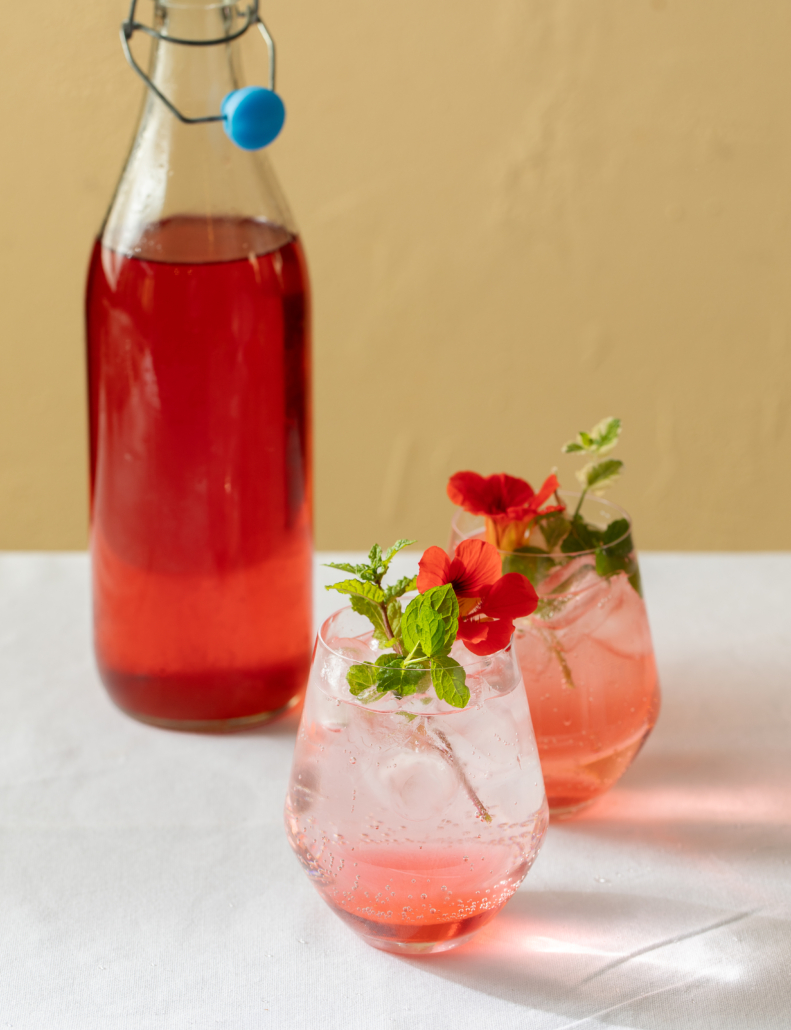
‘Cambo is in the country and most people drive to get to us so the emphasis is on interesting, bespoke non-alcoholic drinks. We make cordials from the fruit, flowers and herbs that grow so abundantly on the estate.’
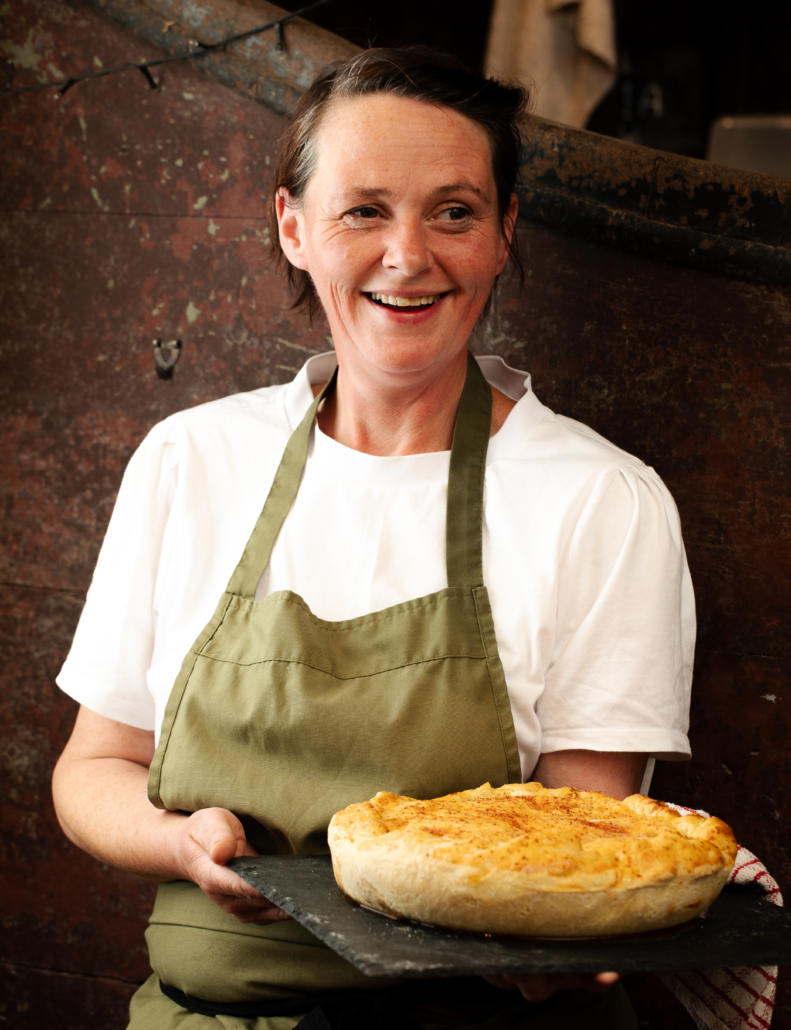
Recipe makes 1 litre.
Ingredients
500g mixed berries
1kg sugar
1 tsp citric acid
Method
Take any leaves or stems off the berries and put them in a pot with the sugar and a litre of water. Bring to the boil over a medium heat and simmer for 10 minutes until the berries are very soft. Add the citric acid, stir gently, then take off the heat and leave to cool. Strain through a fine sieve or a piece of muslin and bottle. It should keep in the fridge for a couple of months. Don’t throw the leftover pulp away – use it on yoghurt or porridge!
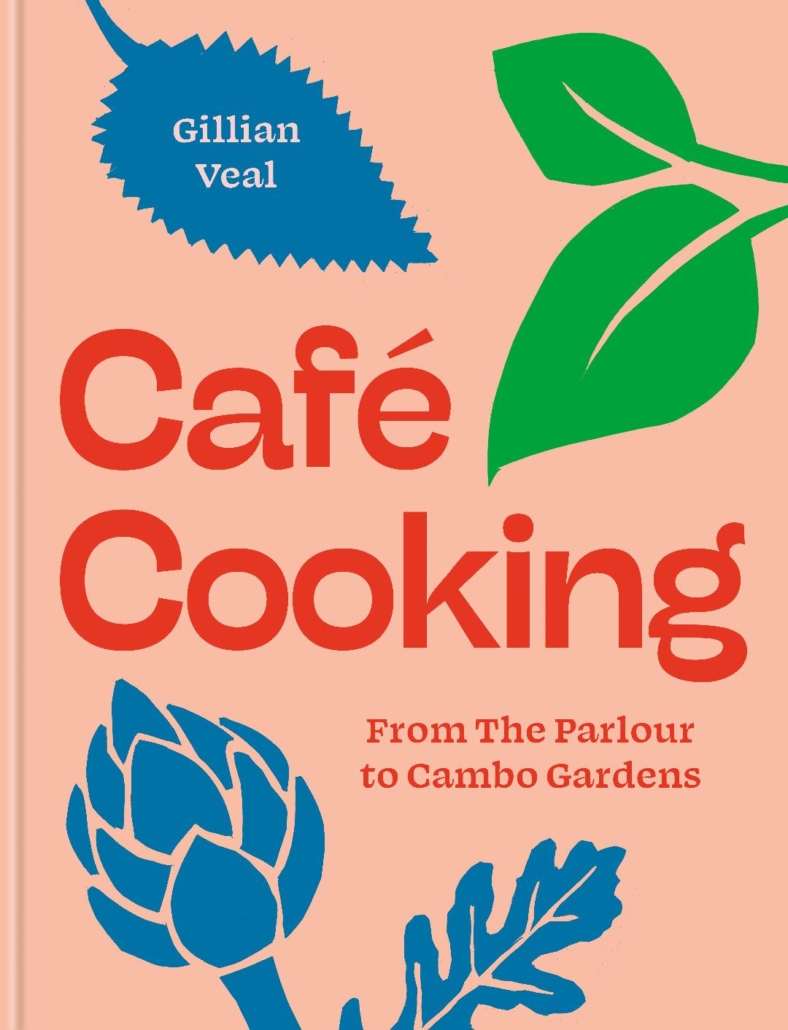
Order a copy of Cafe Cooking with free postage HERE
So there you go! Plenty of recipes for you to start making these essential goods to put in your kitchen press while we get to work on even more delicious recipes and wonderful books for you.
We hope you enjoy making these kitchen press delights.

